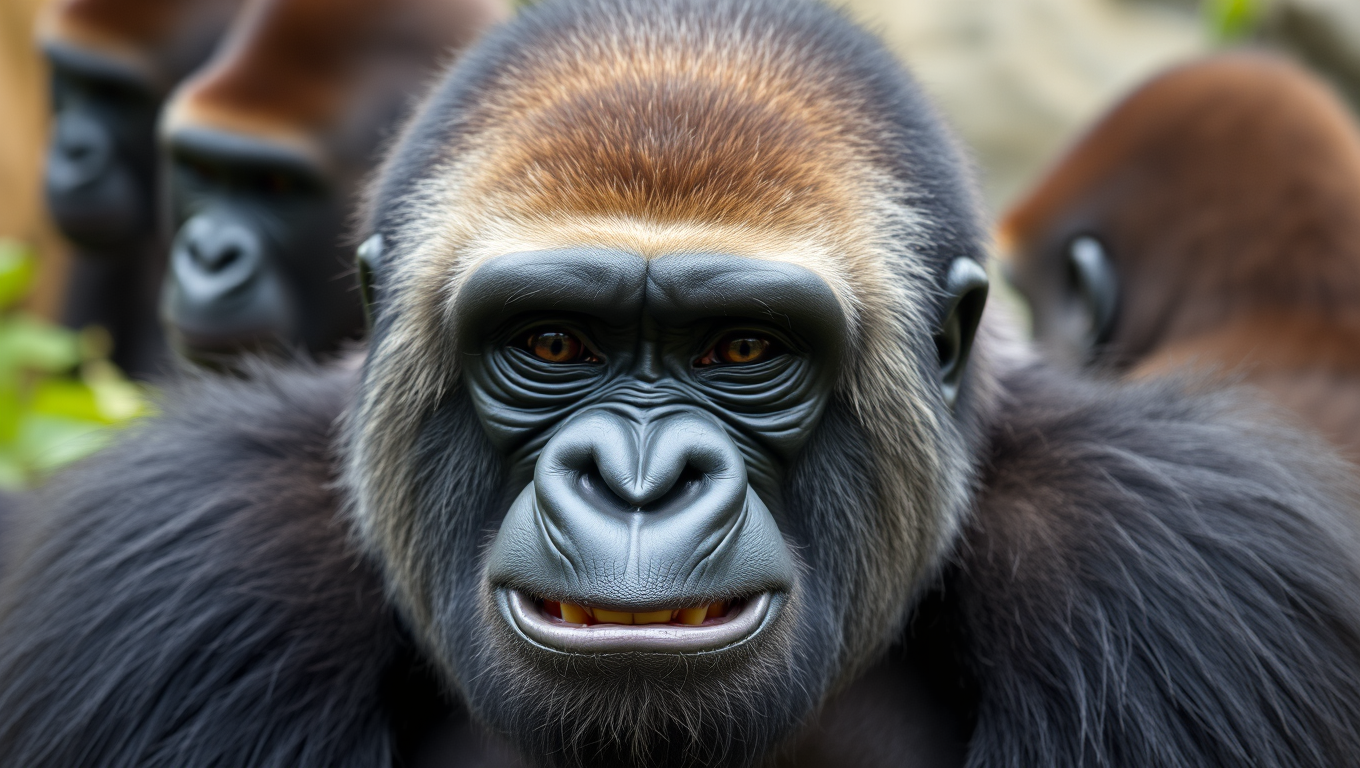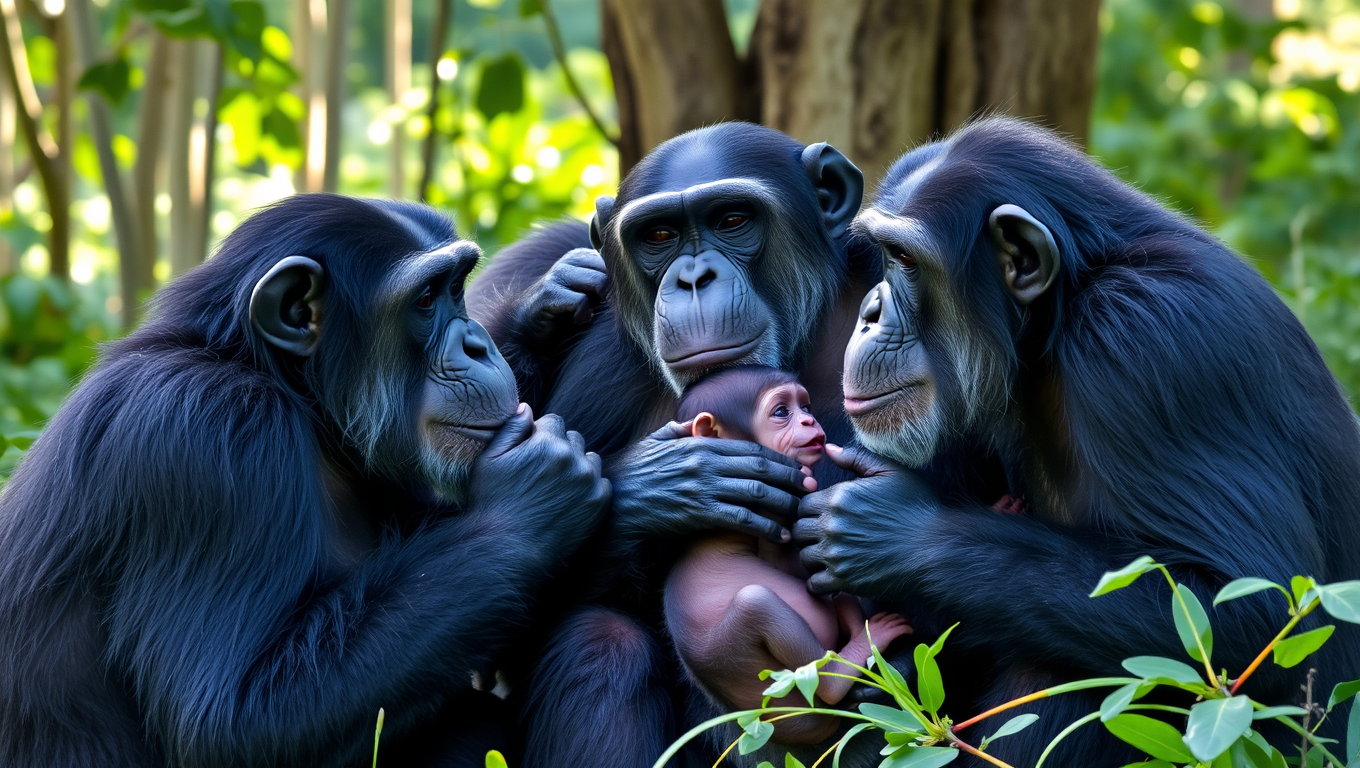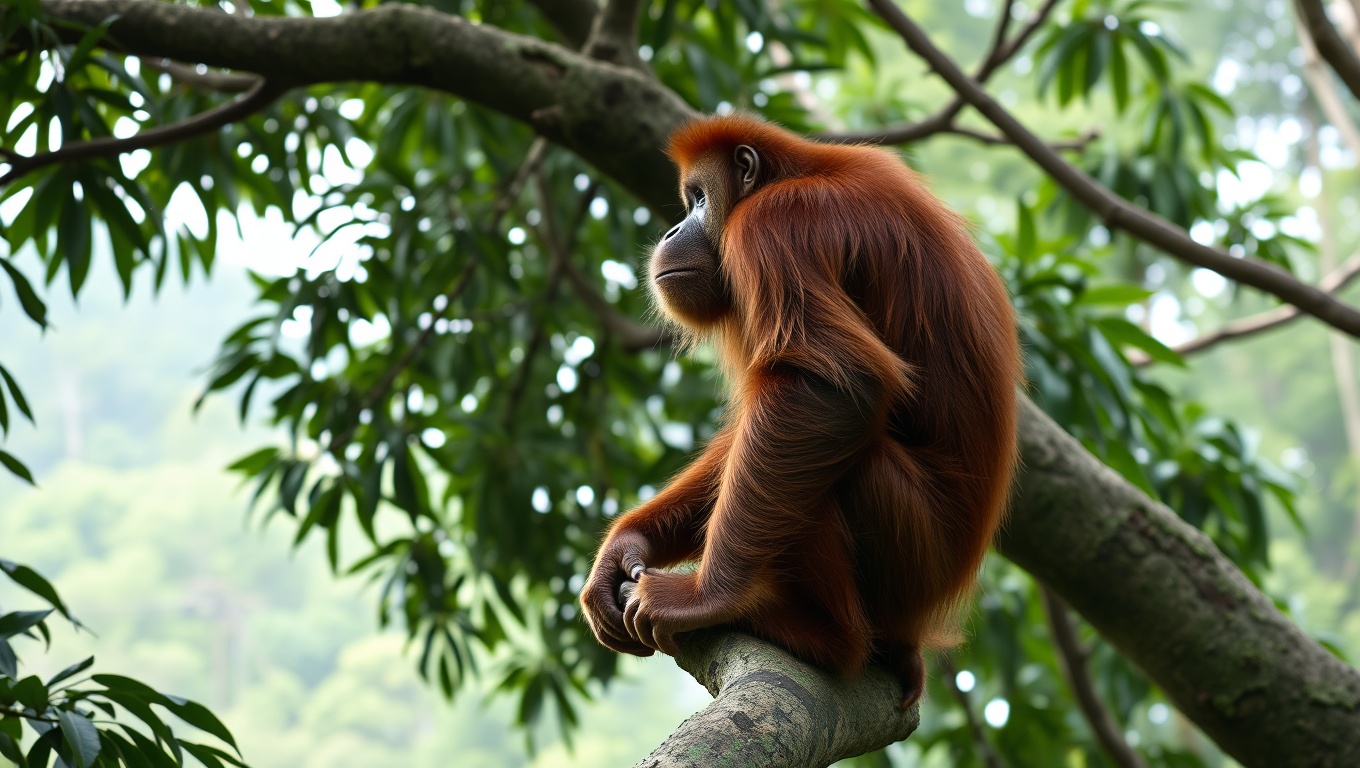While we try to keep things accurate, this content is part of an ongoing experiment and may not always be reliable.
Please double-check important details — we’re not responsible for how the information is used.
Apes
The Double-Edged Nature of Friendship in Gorillas Revealed
Friendship comes with complex pros and cons — possibly explaining why some individuals are less sociable, according to a new study of gorillas.

Agriculture and Food
“Stronger Social Ties, Stronger Babies: How Female Friendships Help Chimpanzee Infants Survive”
Female chimpanzees that forge strong, grooming-rich friendships with other females dramatically boost their infants’ odds of making it past the perilous first year—no kin required. Three decades of Gombe observations show that well-integrated mothers enjoy a survival rate of up to 95% for their young, regardless of male allies or sisters. The payoff may come from shared defense, reduced stress, or better access to food, hinting that such alliances laid early groundwork for humanity’s extraordinary cooperative spirit.
Apes
The Hidden Complexity of Wild Orangutans’ Communication
Researchers have found that wild orangutans vocalize with a layered complexity previously thought to be unique to human communication, suggesting a much older evolutionary origin.
Animal Learning and Intelligence
Not All Orangutan Moms Are Created Equal: Study Reveals Unique Parenting Styles
Sumatran orangutan mothers differ from one another in how they behave with and take care of their infants and how flexibly they adjust their mothering behaviors as their infants grow. Whilst mothers differed from one another in their maternal behaviors, they remained consistent in their behaviors with their different infants. Consistent differences among Sumatran orangutan mothers suggest that individual maternal personalities may exist, potentially influencing infant development.
-

 Detectors3 months ago
Detectors3 months agoA New Horizon for Vision: How Gold Nanoparticles May Restore People’s Sight
-

 Earth & Climate4 months ago
Earth & Climate4 months agoRetiring Abroad Can Be Lonely Business
-

 Cancer4 months ago
Cancer4 months agoRevolutionizing Quantum Communication: Direct Connections Between Multiple Processors
-

 Agriculture and Food4 months ago
Agriculture and Food4 months ago“A Sustainable Solution: Researchers Create Hybrid Cheese with 25% Pea Protein”
-

 Diseases and Conditions4 months ago
Diseases and Conditions4 months agoReducing Falls Among Elderly Women with Polypharmacy through Exercise Intervention
-

 Albert Einstein4 months ago
Albert Einstein4 months agoHarnessing Water Waves: A Breakthrough in Controlling Floating Objects
-

 Chemistry4 months ago
Chemistry4 months ago“Unveiling Hidden Patterns: A New Twist on Interference Phenomena”
-

 Earth & Climate4 months ago
Earth & Climate4 months agoHousehold Electricity Three Times More Expensive Than Upcoming ‘Eco-Friendly’ Aviation E-Fuels, Study Reveals





























